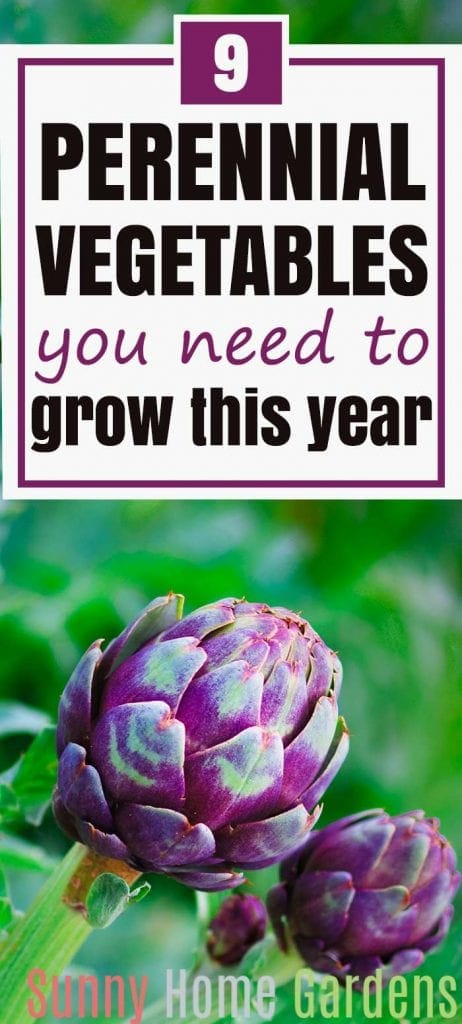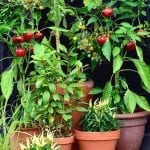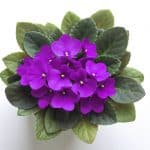I’ve mentioned in the past that perennials are my favorite plants to grow. I love not having to replant them each year!
Did you know there are quite a few perennial vegetables?
Perennial vegetables should be a staple in any garden. You just need to plant these crops once a year then enjoy harvesting year after year.
I love knowing that my artichoke and asparagus will grow, without a lot of effort from me year after year.
If you take the time to plan out your planting, you can have vegetables all year round.
Table of Contents
Why Plant Perennial Vegetables?
There are a lot of reasons why you should plant at least two to three perennial vegetables in your garden
Low Maintenance
Perennial vegetables are low-maintenance. They only need to be planted once and you get to harvest the fruits of your labor every year. So instead of sowing the seeds every year, these vegetables regrow on their own with your loving care, of course.
Extend Harvest
Since perennial vegetables often have different seasons of availability compared with annuals, they can provide more harvest throughout the year.
With a little planning once one crop finishes you can have another pop up right behind it and keep veggies all year.
Build Soil
Because you don’t till perennial vegetables they can help foster a more healthy and fertile soil.
When well-mulched, they improve the structure, organic matter, and even the water-holding capacity the soil needs to stay healthy. As the vegetables mature, they help build the topsoil and keep it healthy year after year.
Best Perennial Vegetables
There are a lot of perennial crops you can grow in your edible garden.
Asparagus
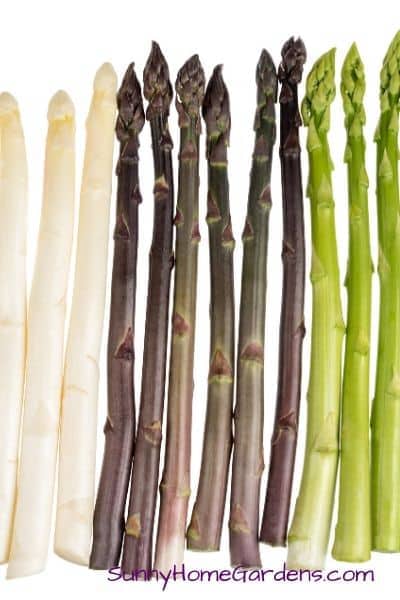
Asparagus is probably the most popular perennial vegetable to grow.
This vegetable can last for decades and is one of the first crops that you can harvest during spring.
Asparagus requires full sun and a moist, well-draining soil. When planting asparagus, make sure to mix a 2-inch thick layer of compost in with the soil.
Leave the asparagus unharvested during the first year you planted it so it will be well-established in the garden for years to come.
During the second year after planting, harvest the crops for only two weeks. By the third year, you can begin harvesting them for five to eight weeks.
Artichoke
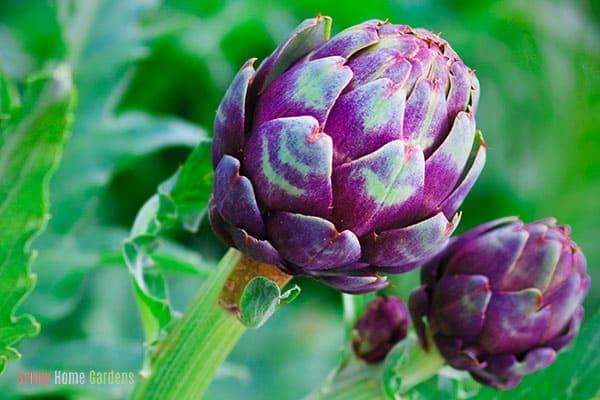
Globe artichokes are something I LOVE to eat! My kids all enjoy this vegetable as well.
One problem is, I don’t know about where you live, but artichokes are spendy in the store and at Farmer’s Markets! Close to $2 per bulb (sometimes closer to $3.00) adds up quickly with my family of 5.
Luckily, it is easy to grow artichokes. Bonus – they are a perennial and grow back each year!
If you haven’t grown artichokes before, they are an incredibly unique plant. The leaves aren’t smooth but jagged. If you don’t pick the artichoke bulbs off, they will bloom into huge, gorgeous purple flowers.
If I didn’t like the taste of artichokes, I’d still grow them for the beautiful, unique flowers.
We’ve always planted our artichokes in full sun and they’ve done great. If you are in an area with hot summers, you should plant the artichoke plant in partial shade.
Once it is fully established, a globe artichoke plant can flourish for up to 5 years.
You can prune them back in the late fall and cover them with mulch so they can overwinter and be ready again next year to provide you a great harvest.
You can find these delicious veggie seeds here.
Sunchoke or Jerusalem Artichoke
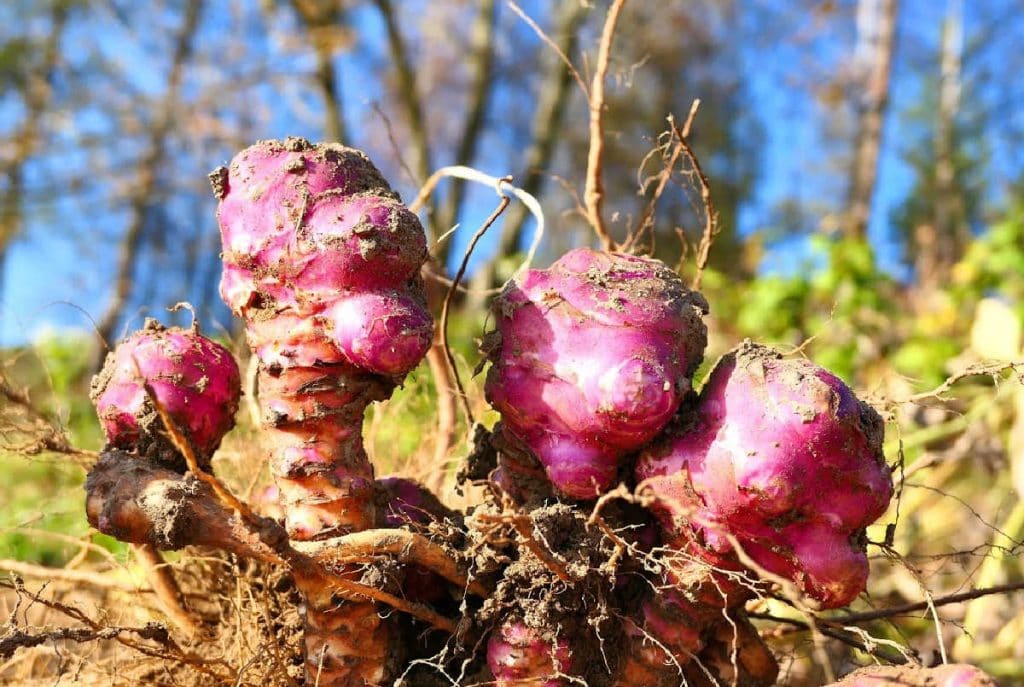
Also known as the Jerusalem Artichoke, Sunchokes are root vegetables that grow at the base of a tall flower stalk. The sunchoke is another perennial vegetable. With these, you dig up and eat the tubers.
This vegetable comes in different varieties and produces a rich and nutty flavor that goes well in soups or you can eat them on their own.
We grew these years ago and it was always fun digging them up in the fall.
One thing to make sure you know before planting these is that they can become invasive. If you decide to remove them, make sure to remove every spec of tuber, otherwise it will resprout.
Sunchokes grow incredibly tall – as high as 12 feet high! With their invasive nature, they also spread and can form large colonies.
They do need frost to be grown as a perennial. The frost also causes them to be a bit sweeter.
They require full sun to partial shade.
Watercress

Another perennial plant that can be used in a variety of ways is watercress. It can be added to salads or made into sandwiches.
Watercress helps in easing the symptoms of flu or cough, too. When planting this vegetable, choose a sunny spot in your garden and add 4 to 6 inches of compost into the soil.
Rhubarb
It might take a few years for your rhubarb plant to begin producing but each passing year, you will harvest larger and larger crops from this plant.
When planting this perennial vegetable, plant it in full sun and in moist, well-draining soil.
Plant the rhubarb seeds or crown in early spring and apply a balanced fertilizer.
It is also a must to plant your rhubarb in a place where it won’t be disturbed so it can stay productive for many years to come.
Rhubarb is great to add with strawberries in recipes such as strawberry jam and strawberry pie.
Horseradish
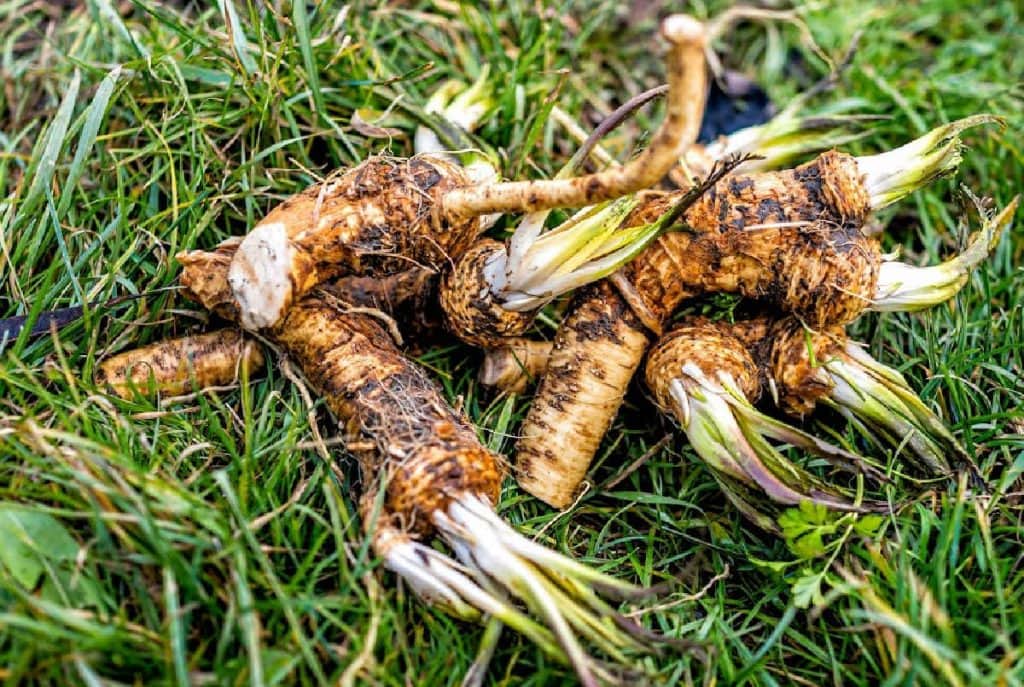
If you love spicy vegetables, horseradish is a must-have perennial vegetable. It can be added to sandwiches and other meals or can be made into a delicious sauce.
Horseradish is also said to cure gout, urinary tract infection, joint pain, and nerve pain.
It thrives in full sun but can also tolerate light shade.
You can begin planting them during spring or fall while watering them once a week or more especially during dry spells.
Wild Leeks aka Ramps
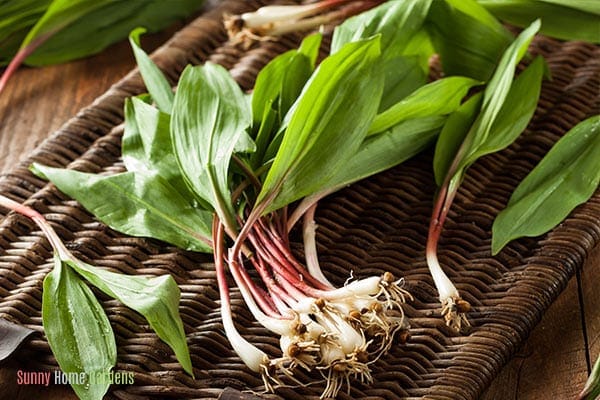
Wild leeks grow in wooded areas or you can also plant them in your garden.
If you choose to plant wild leaks in your edible garden, make sure they are grown in well drained, organic matter such as composted leaves and plant clippings, in the shade.
These vegetables only spout for a month during spring so you need to pick them during this time to enjoy them raw or pickled.
Sorrel
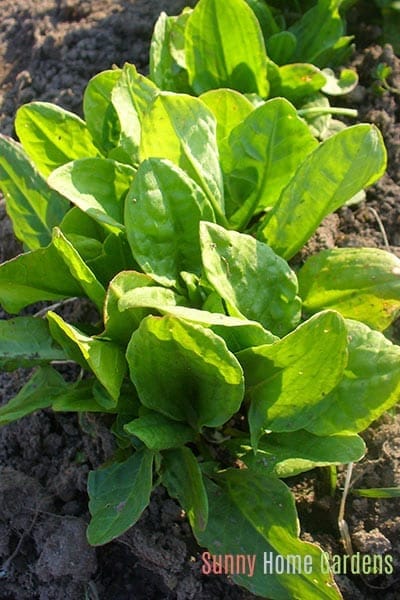
Sorrel has tart, lemon-flavored leaves that add flavor to soups, salads, stews, and sauces.
This plant tastes best when harvested during early spring as it becomes bitter as the weather turns warmer.
Onions
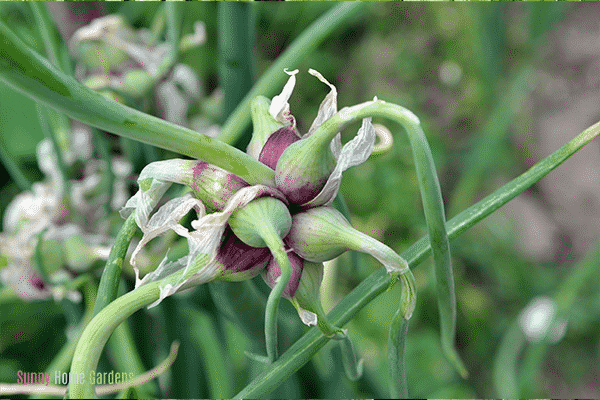
The Bunching and the Egyptian Walking onions are both perennial onions.
These onions can be planted in pots or garden beds.
If you leave walking onions untended you can see why they are called “walking onions”. The top of the onion stalks will bend over to the ground and root.
You’ll want your perennial onions to establish themselves before you start harvesting them.
When planting perennial onions, make sure that the soil is rich and moist. It should also contain organic compost and manure to ensure that the onions will thrive for many years.
Try adding perennial vegetables into your garden. With care and planning, you can have fresh veggies throughout the year and for years to come without haveing to replant every year.
